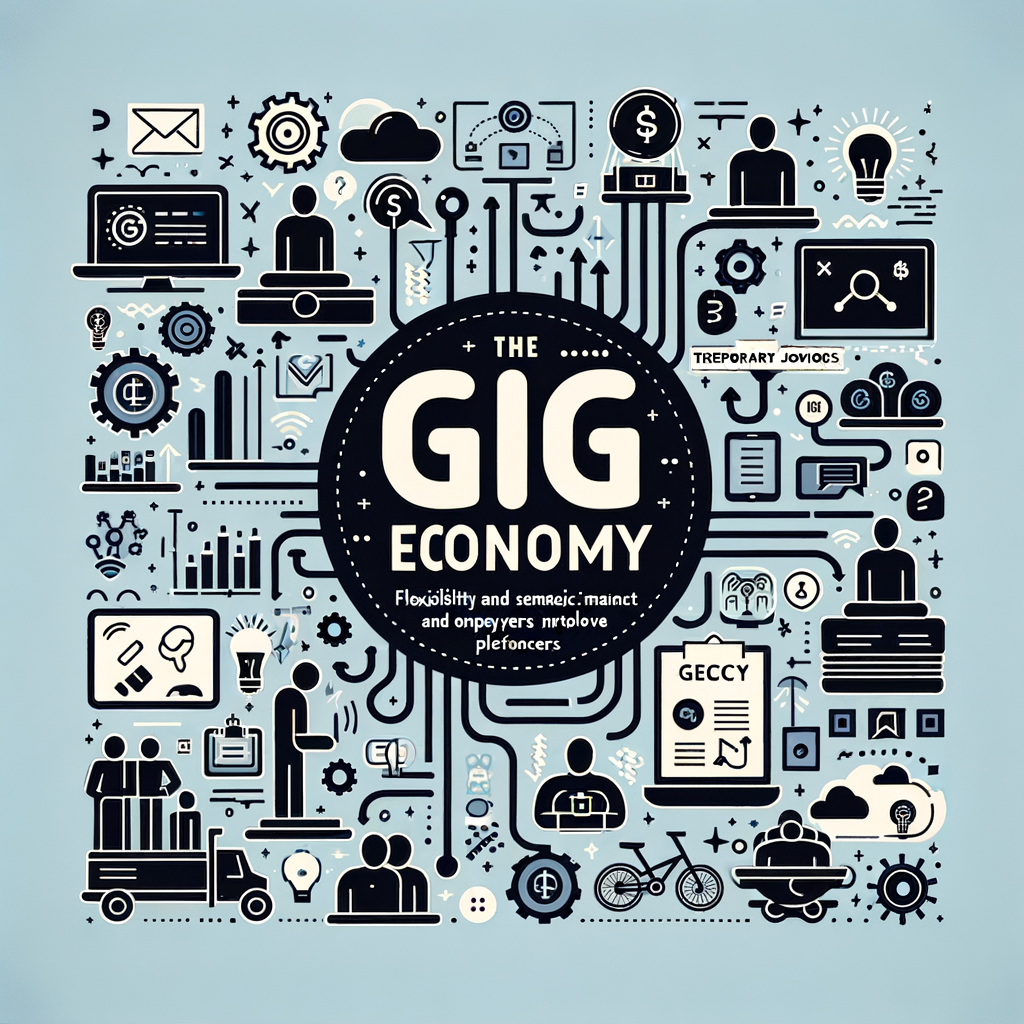What Is the Gig Economy and How Does It Work?
The gig economy is a modern labor market made up of short-term, flexible jobs offered through digital platforms or direct agreements. Instead of committing to a single long-term employer, workers can take on multiple gigs, choosing projects that match their skills and schedules. Companies like Uber, DoorDash, and Upwork have made it easier than ever to find, offer, and manage these jobs through user-friendly apps and websites. Workers in the gig economy can be anything from rideshare drivers and freelance designers to specialized consultants. This system provides new opportunities for earning revenue and developing diverse skills, but it also means less job security and fewer benefits than traditional employment. For many, the appeal is all about flexibility and autonomy, making the gig economy a popular choice in our fast-changing world.

Key Benefits of the Gig Economy for Workers and Employers
- Gig work offers flexible schedules, allowing individuals to choose hours that fit their lifestyles and responsibilities.
- Employers can access a vast talent pool for specific projects, reducing costs and hiring time.
How the Gig Economy Is Changing Work for Everyone
The gig economy is fundamentally altering both traditional employment models and the ways businesses operate. Companies now rely on flexible, project-based workers for specialized tasks, speeding up product launches and saving costs on full-time employees. For instance, tech start-ups often hire freelance developers for short-term projects, while creative industries use gig workers for everything from content creation to marketing campaigns. Workers benefit by gaining access to a wide variety of projects and skill-growth opportunities, often across multiple industries. At the same time, the availability of remote gig work enables people in smaller towns or those looking for side income to compete globally. This shift empowers both employers and workers—but also demands new strategies for managing workloads, compensation, and professional growth, making adaptability a crucial skill in today’s job market.
Frequently Asked Questions
What jobs are common in the gig economy?
Roles like delivery drivers, freelance writers, designers, and software developers are popular choices in the gig economy.
Do gig workers get employee benefits?
Most gig workers
do not receive traditional employee benefitssuch as health insurance or paid vacations, so they must plan their own coverage.